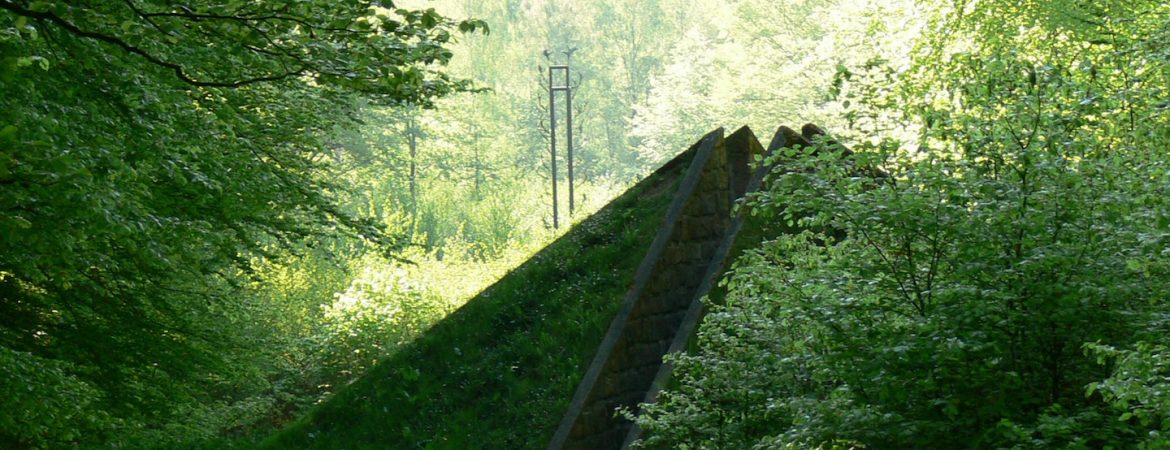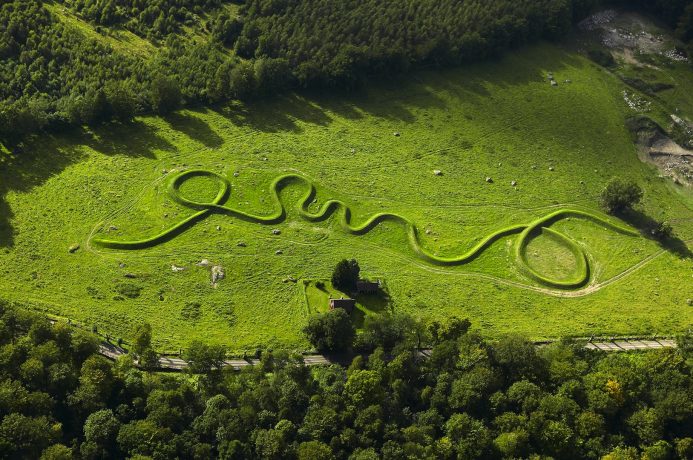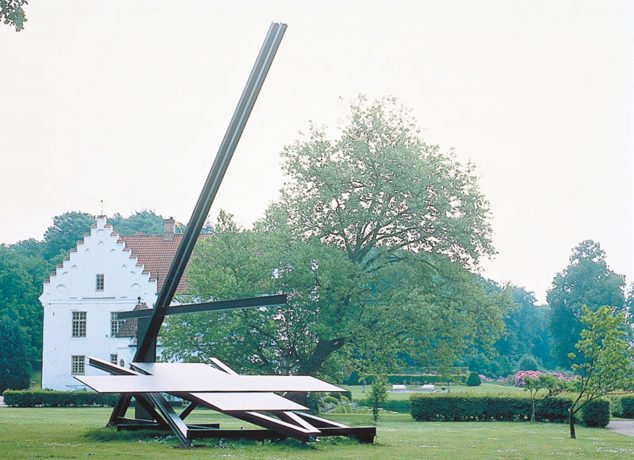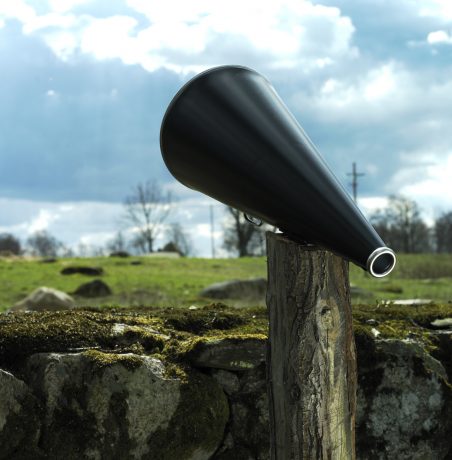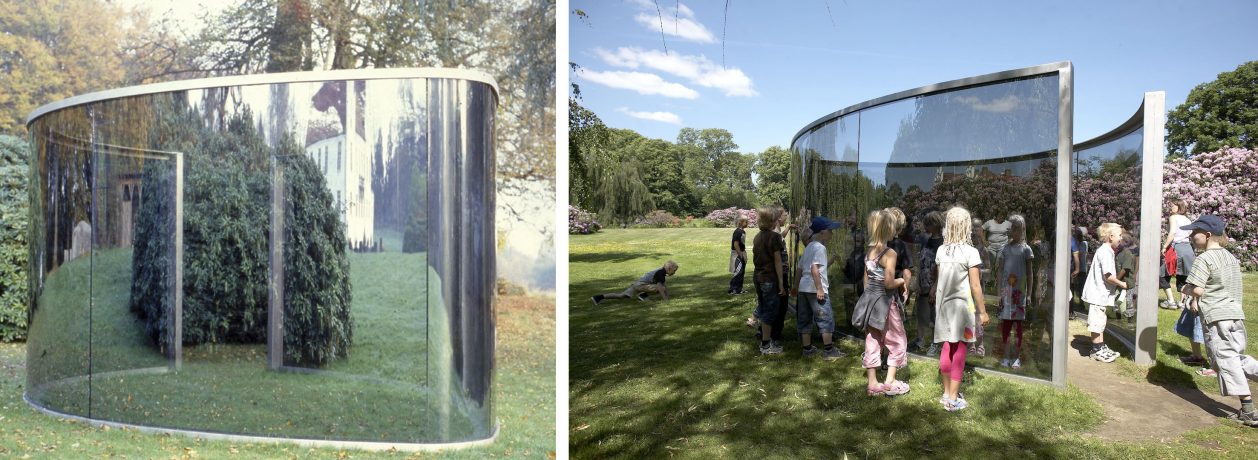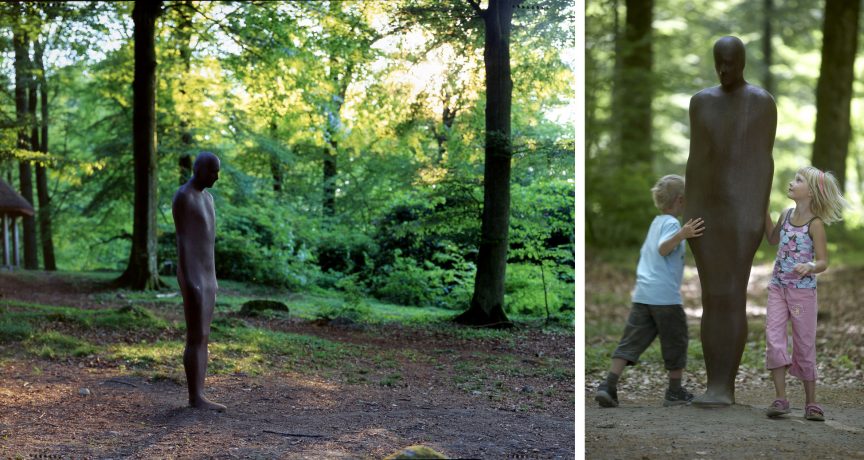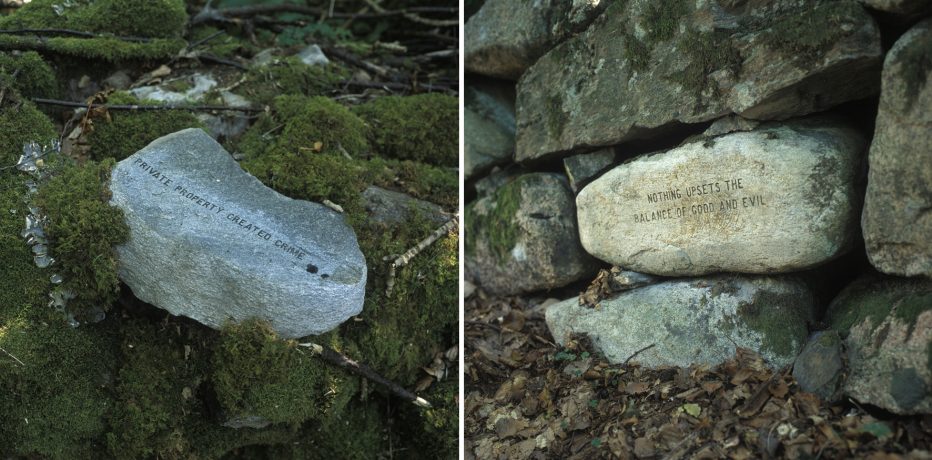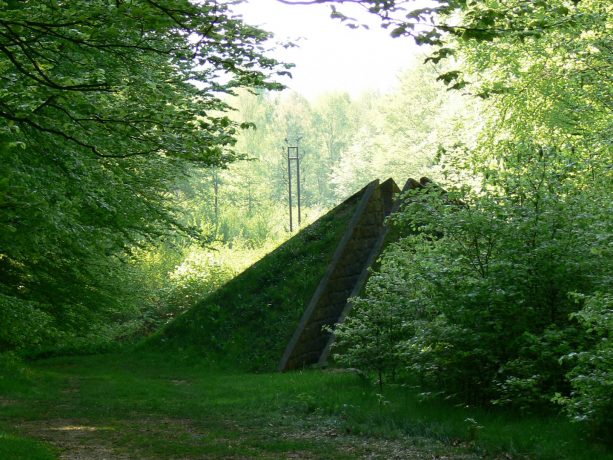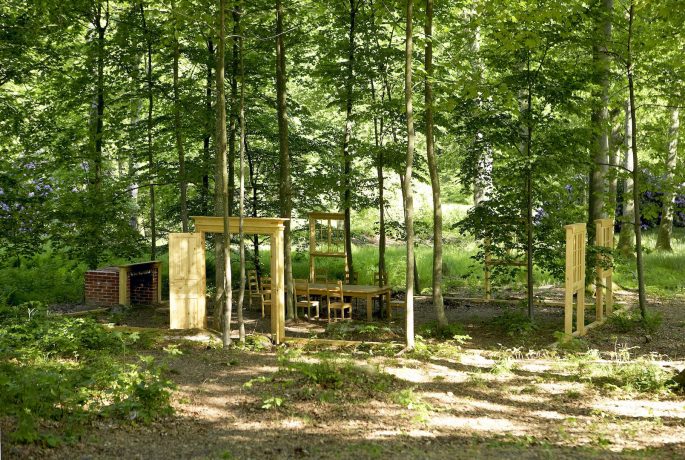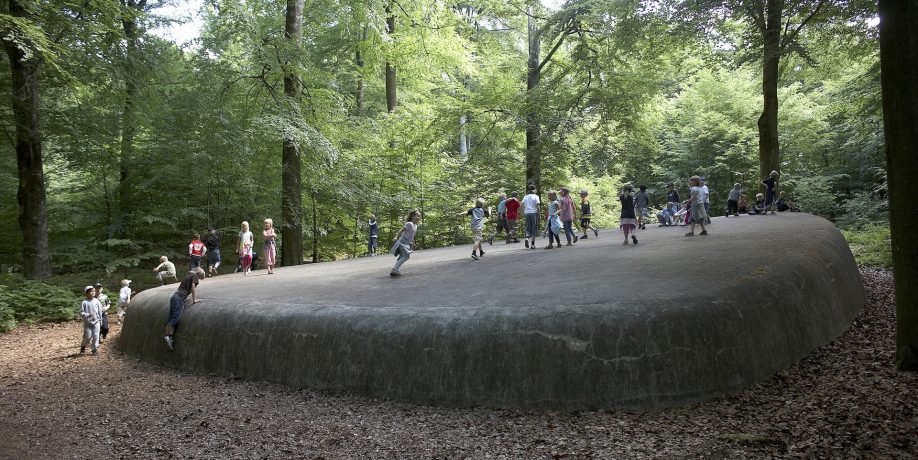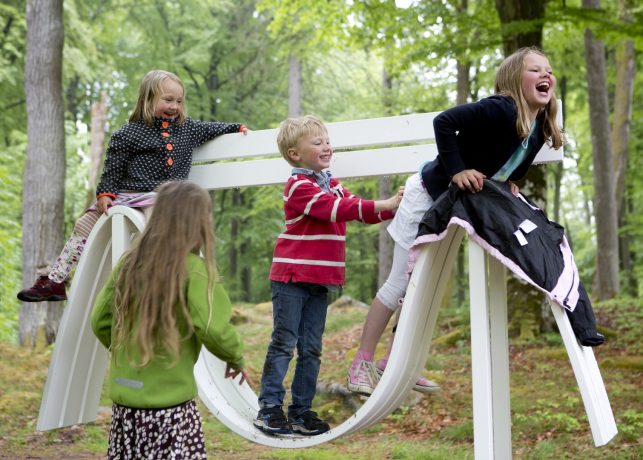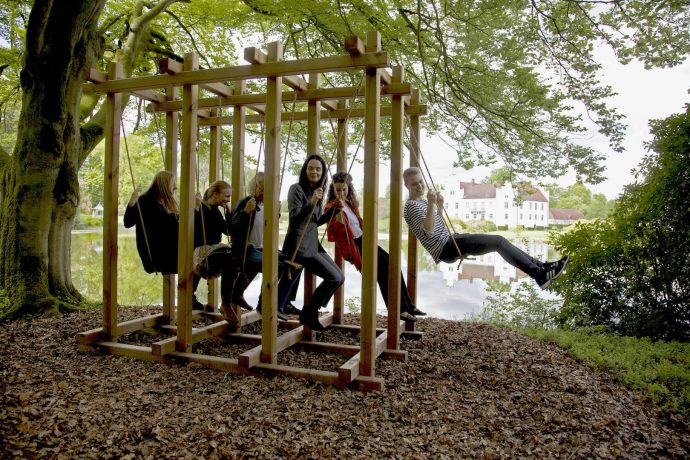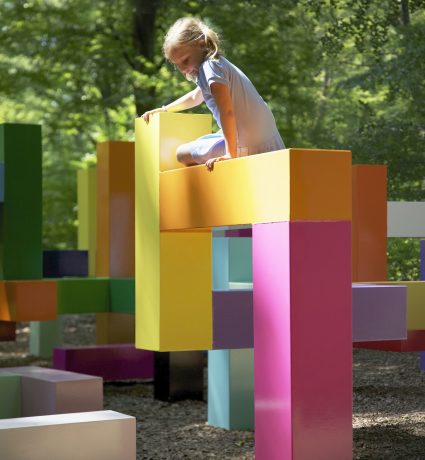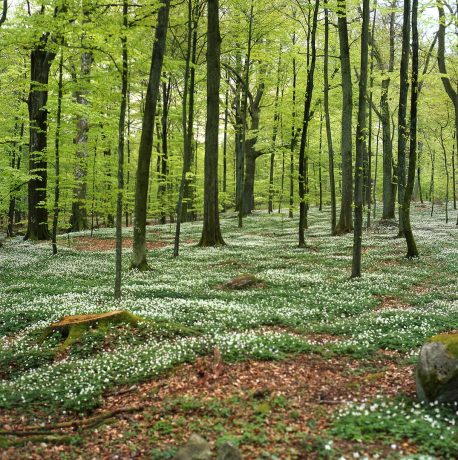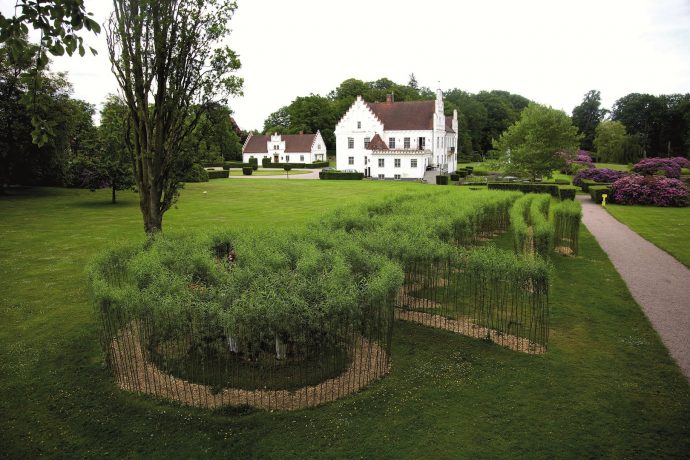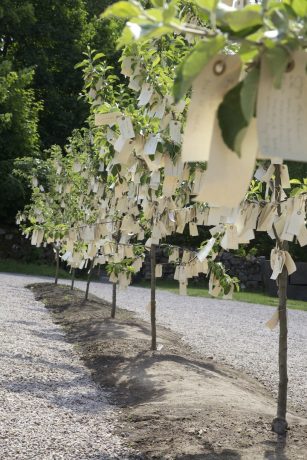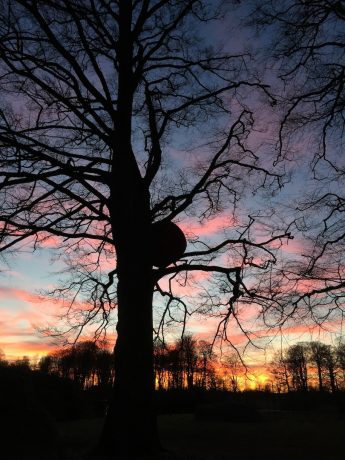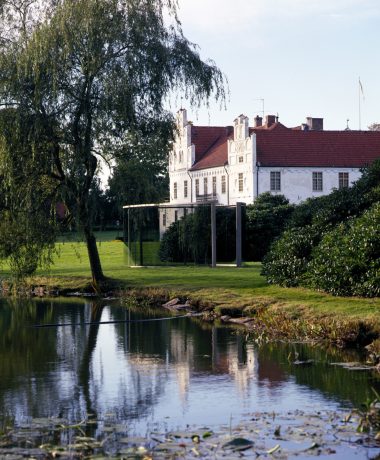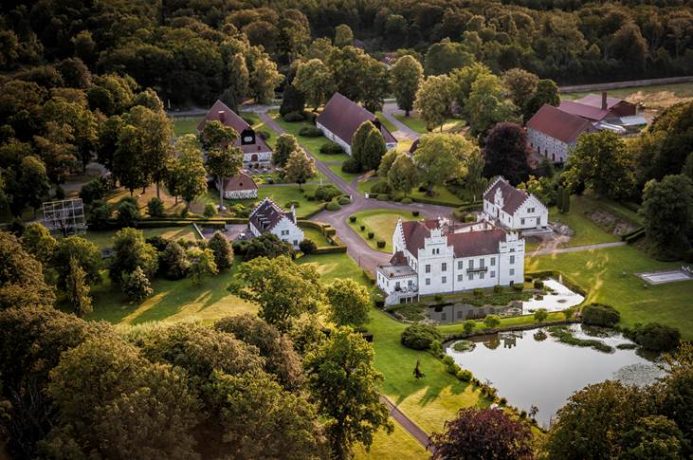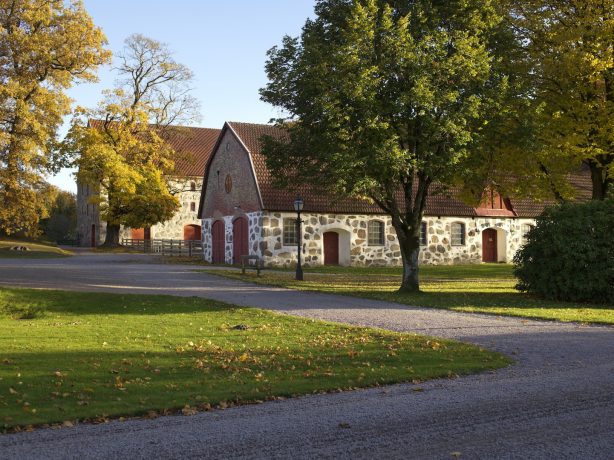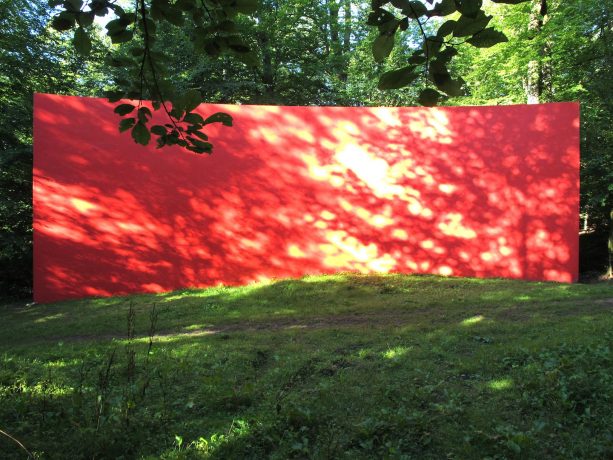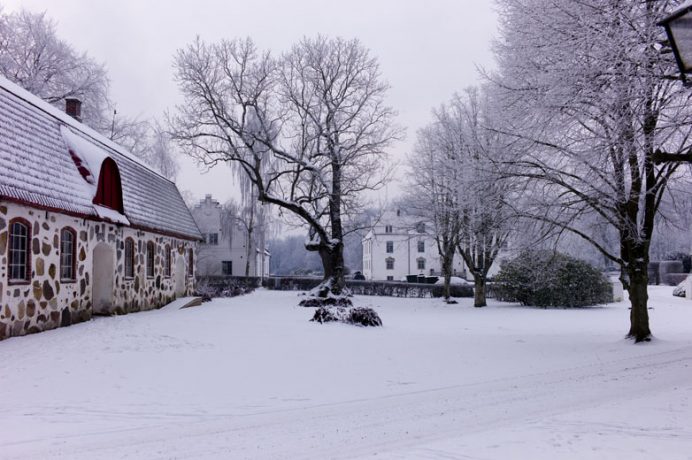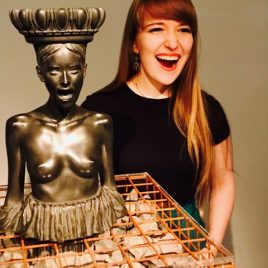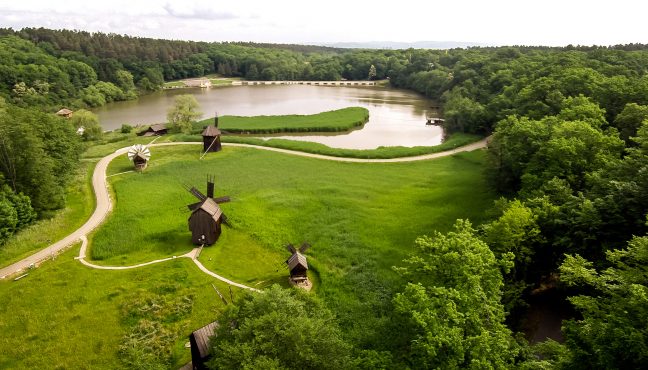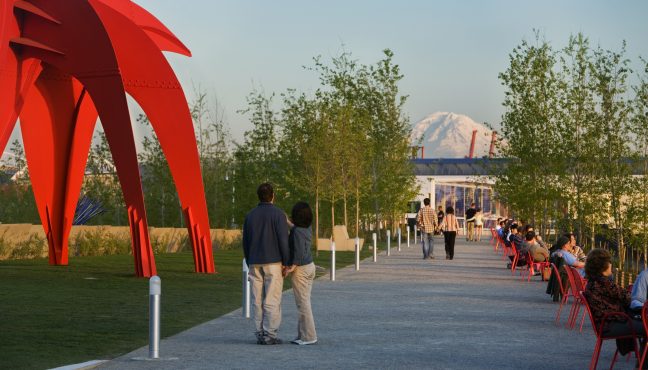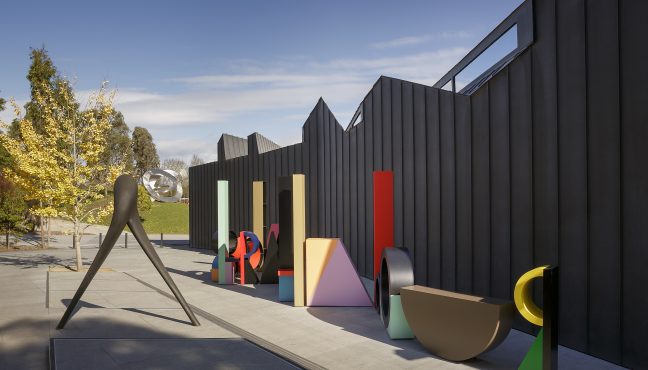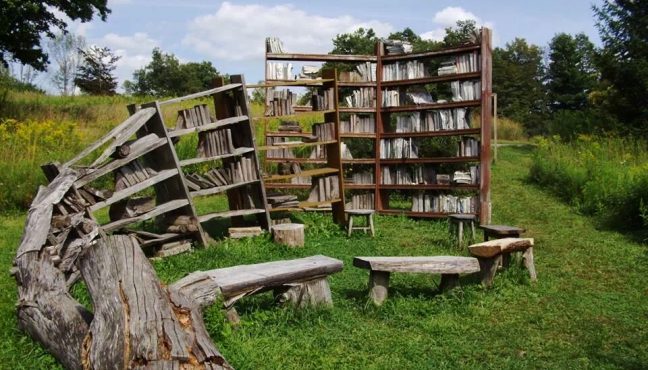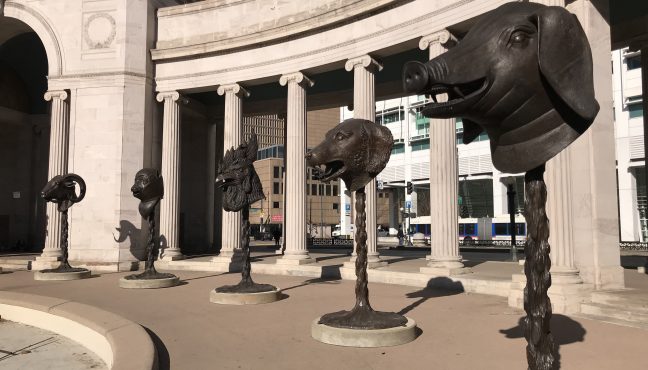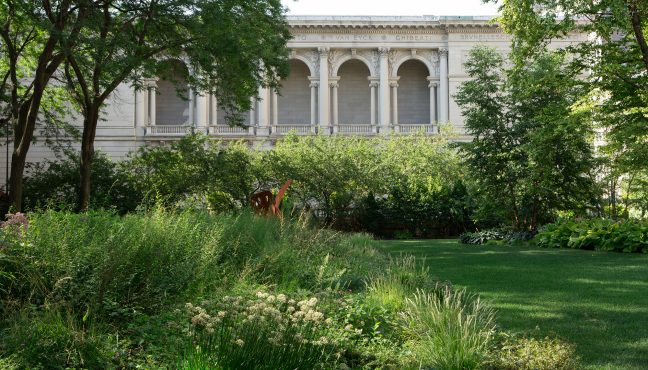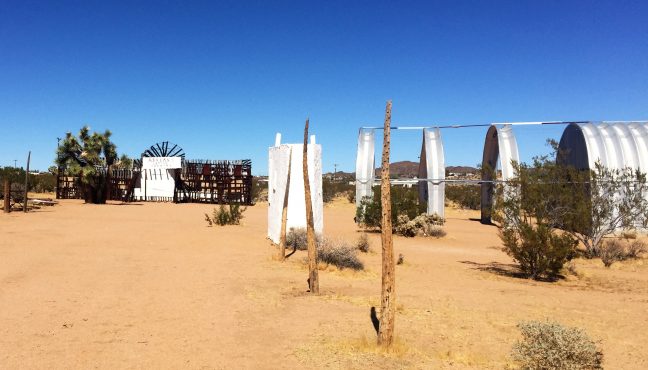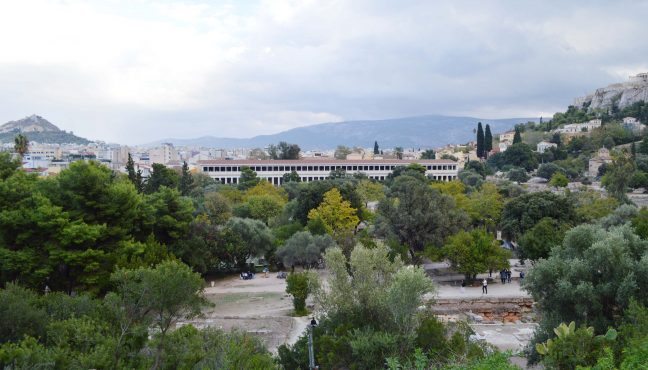When you visit Malmö, the picturesque South of Sweden or stay in Copenhagen and want to travel to the very Öresund Bridge from the original "The Bridge" TV series, then make sure to make your way to Wanås Konst. We wanted to say “Wanås Konst sculpture park”, but it is so much more than that! The area includes significant historical grounds and an ancient manor (the oldest parts of the castle originate from the 1400s), as well as the following: a family estate owned by the Wachtmeister family from 1800s, an organic milk farm (the largest organic milk production in Northern Europe), an organic deli and café with food from local farmers, an art gallery, forests, pastures, and farmland - all calling for you.
In Wanås Konst, you can not only fall in love with an impressive collection of site-specific installations, made by some of the most renowned contemporary artists of today including Jenny Holzer, Marina Abramovic, Antony Gormley, Yoko Ono, Jeppe Hein and Robert Wilson (best known for his unforgettable theatrical works), but also walk, run, play with your dogs, have a picnic (you can buy everything you need in the Wanås Deli), or just relax BREATHE and meditate all year round. In winter, the entrance is free, but the gallery and the café are closed together with some of the artwork that can be affected by the elements. When you visit Wanås Konst, reserve a few hours to stroll the park and in summer/autumn don’t miss freshly baked bread (on weekends), fresh fruit and vegetables.
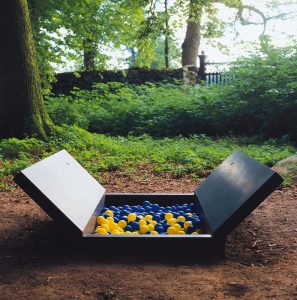
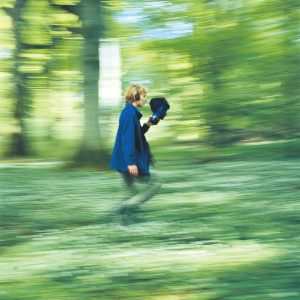
The new season is about to begin. On May 15, 2016, all sculptures will be back, the indoor art gallery and the café will open their doors. Museeum talked to the artistic director of the Wanås Foundation-Wanås Konst, Elisabeth Millqvist, and media contact for Wanås Restaurant Hotel, Sofia Bertilsson, to find out the best time to visit Wanås Konst, learn special tips for viewing the sculptures, ask when will we be able to live on the mesmerizing historical grounds and so much more:
The lands of Wanås Konst have a long and (remembering that it was a war-torn area during the 16th century) sometimes troubled history. What are the advantages and the challenges of working on the grounds that represent great historic value?
Elisabeth Millqvist: The asset is that the grounds are of interest for a wide audience, you start with one advantage point and then you meet contemporary art. It's a good situation for new discoveries. The history is distant and rather adds a perspective, prompts you to look elsewhere to see the here.
How did it all begin, when did the Wachtmeister family estate become a continually evolving sculpture park?
The exhibitions started as an initiative by Marika Wachtmeister in 1987. In 1995 she founded the non-profit Wanas Foundation. Marika herself was the director until 2010. The Wachtmeister family owns and runs the estate but the foundation is independent. It means a vivid relationship where art meets history and nature in a unique combination.
We cannot wait to come and see the amazing park as soon as possible, but what is the time of year you personally like the most?
June with the art works embedded in lush surroundings and rhododendrons in bloom is fabulous, August as well. September is perfect for strolling and contemplating. Those are my favorite months but find what fits your mood. The art experience changes with the season.
We know that it is very difficult to choose, but do you have a favorite art object or maybe a sculpture, you have a special memory connected to?
With art it's almost like different soundtracks work in different times sometimes certain installations become really important. Yoko Ono's Wish Trees are special though. 14 apple trees and one instruction – write your wish on a paper and hang it on a tree. It becomes a diary of our time filled with different desires and destinies. The work is important also because it added another perspective on participation. In one way or another all works are about interaction, it goes from watching to experience them physically.
The sculpture park is immensely big, there are designated paths, but it must take about 3 hours to thoroughly examine the beautiful estate. Can you share some tips on viewing the works?
I would say dare to get lost. Take a path and follow it. For not so fearless we offer scheduled introductions and longer tours. Check our website for times or make your own reservation. A 1 and 1/2 hour tour is a true treat.
The sculpture park lies in woods and forests, how accessible is it for people with mobility issues and for strollers?
We have in house educators that develop special programs together with persons with special needs. There are two main paths that are accessible with wheelchairs and strollers but the park is a beech wood forest so we advise you to bring someone to support you.
After a beautiful walk it is always nice to grab a bite! What are your favorites in the Deli and in the cafe?
The cafe has great local ice cream, in the Deli don't miss the apple juice a local specialty with great variations. Another local product is pickled pine, a relative to capers. There is great crisp bread and do try salty licorice, a Swedish specialty.
We admire how Wanås Konst promotes organic food! Do you know if the number of farmers in the area increased due to your work?
We wanted the museum shop to reflect the area and there is a big focus on food, from there it all began. What I know for certain is that we help food producers find customers.
We will definitely try local foods in the café and we’ve heard that later in 2016 there will be another restaurant opening where we can try even more, is that correct?
Sofia Bertilsson: In time for the summer season in May Wanås Café opens for coffee and lunch in one of the old barns. Late in 2016 Wanås Restaurant Hotel, which is a new project on the grounds of the Wanås Estate, opens a 11-room hotel and an organic Nordic restaurant in the old stable buildings next to the Art Gallery.
Wanås Restaurant Hotel will be a neighbor to the sculpture park but not run by Wanås Konst – Wanås Foundation. The restaurant and hotel will give visitors the possibility to experience Wanås at all times of the day, and an early morning walk or a late stroll, with glimpses of deer next to contemporary art in the woods, are highly recommended for good mood. Kristina Wachtmeister who lives at Wanås together with her husband Baltzar (he runs the organic farm and forestry at Wanås) is behind the project. Kristina is an architect and she is the one converting the magnificent 18th century listed stable buildings into a contemporary restaurant and a hotel. The restaurant will focus on organic products from the farm and the forest as well as local artisan food, her philosophy is “From nose to tail" and "sharing is caring”. Expect refined Nordic simplicity in the hotel with natural materials sourced locally such as oak floor from the estate. Some of the old barn doors will be replaced by glass to open up to the surroundings and to make the buildings glow like friendly beacons during night and the dark winter months. Restaurant and hotel will be open for everyone and just as the sculpture park has opened a window to the world, and the park to 65 000 visitors per year, this project will take one more step in inviting visitors to experience Wanås.
Wanås Konst is an inspiring example of a family estate that opened its doors for contemporary art and opens minds of everyone, who sees it. It does not merely exhibits art, it has a strong emphasis on its innovative educational program and we can’t wait to discover art through SEEing, TOUCHing, BREATHEing, smelling, discussing and thinking.
